Cristina Segalin
Estimating Structural Disparities for Face Models
Apr 13, 2022
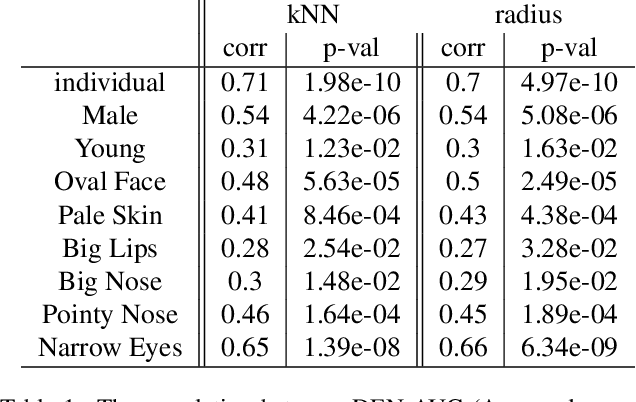
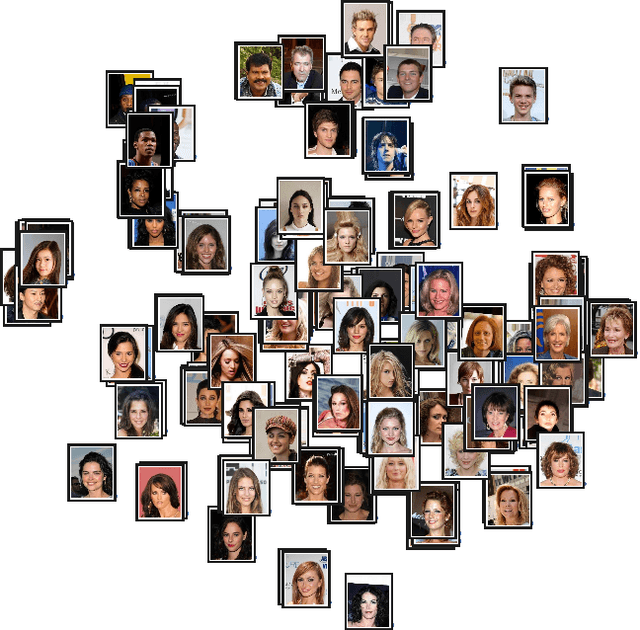

Abstract:In machine learning, disparity metrics are often defined by measuring the difference in the performance or outcome of a model, across different sub-populations (groups) of datapoints. Thus, the inputs to disparity quantification consist of a model's predictions $\hat{y}$, the ground-truth labels for the predictions $y$, and group labels $g$ for the data points. Performance of the model for each group is calculated by comparing $\hat{y}$ and $y$ for the datapoints within a specific group, and as a result, disparity of performance across the different groups can be calculated. In many real world scenarios however, group labels ($g$) may not be available at scale during training and validation time, or collecting them might not be feasible or desirable as they could often be sensitive information. As a result, evaluating disparity metrics across categorical groups would not be feasible. On the other hand, in many scenarios noisy groupings may be obtainable using some form of a proxy, which would allow measuring disparity metrics across sub-populations. Here we explore performing such analysis on computer vision models trained on human faces, and on tasks such as face attribute prediction and affect estimation. Our experiments indicate that embeddings resulting from an off-the-shelf face recognition model, could meaningfully serve as a proxy for such estimation.
What your Facebook Profile Picture Reveals about your Personality
Aug 13, 2017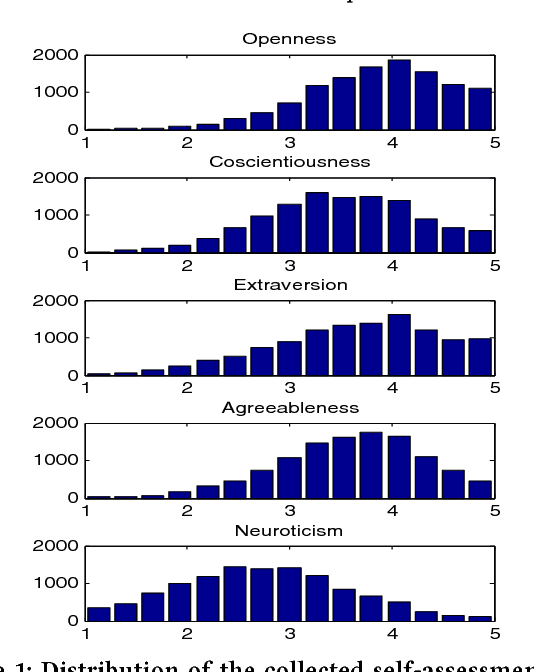
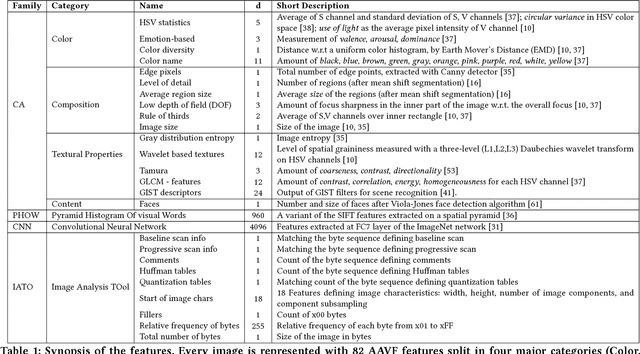

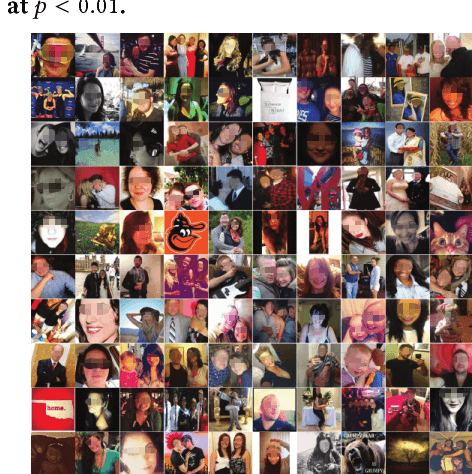
Abstract:People spend considerable effort managing the impressions they give others. Social psychologists have shown that people manage these impressions differently depending upon their personality. Facebook and other social media provide a new forum for this fundamental process; hence, understanding people's behaviour on social media could provide interesting insights on their personality. In this paper we investigate automatic personality recognition from Facebook profile pictures. We analyze the effectiveness of four families of visual features and we discuss some human interpretable patterns that explain the personality traits of the individuals. For example, extroverts and agreeable individuals tend to have warm colored pictures and to exhibit many faces in their portraits, mirroring their inclination to socialize; while neurotic ones have a prevalence of pictures of indoor places. Then, we propose a classification approach to automatically recognize personality traits from these visual features. Finally, we compare the performance of our classification approach to the one obtained by human raters and we show that computer-based classifications are significantly more accurate than averaged human-based classifications for Extraversion and Neuroticism.
 Add to Chrome
Add to Chrome Add to Firefox
Add to Firefox Add to Edge
Add to Edge